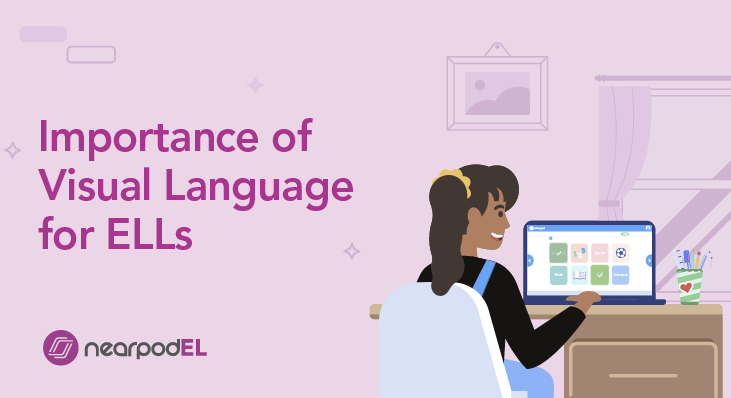
Importance of Visual Language for ELLs
Makerspaces are popping up in schools across the country. Makerspaces are spaces where students can engage in a creative and collaborative process to build a product. The learning occurs at the intersection of academics, teamwork, and applying hands-on skills such as using a design software or tools in the woodshop.
Visual Language in Makerspace
In a makerspace, students communicate through many different types of language, including visual language. What is visual language? Visual language as defined by Design Professor Josiah Kahane describes “the perception, comprehensible, and production of visible signs” that become real through a combination of elements that not limited to “line, shape, color, form, motion, texture, pattern, direction, orientation, scale, angle, space, and proportion” (1). This type of visual language develops students’ cognitive modeling and conceptual thinking skills, both of which are helped by literacy but not defined by it -this presents a powerful use case for English Learners
Makerspace for English Language Learners
Numerous case studies have presented the unique benefits of a maker education for ELs, including making core subjects more comprehensible and interesting. Whether it’s encouraging students to operate through visual language or teaching them in parallel the academic language as it’s used in real-time, a makerspace reinforces and expands traditional language at the very least through truly engaging all five senses. Beyond English language development, other areas such as group collaboration skills, self-efficacy, and persistence all spiral and develop together, each informing the effects of the other.
[click_to_tweet tweet=”If language is best taught with relevance, then such is the makerspace experience at the heart of the learning, not as an extension lesson or afterthought.” quote=”If language is best taught with relevance, then such is the makerspace experience at the heart of the learning, not as an extension lesson or afterthought.”]
Our Nearpod EL Makerspace Lesson
When we started filming the Makerspace lesson, we knew that not every school is equipped with one or at least the extent of options that a full makerspace provides. However, being able to virtually explore the space and visualize students using the tools can be a powerful way to learn a language while priming the mind for a lesson that necessitates creativity and problem-solving. For example, in this lesson, before learning Tier 2 vocabulary such as “design”, “trace”, “represent”, students make connections to real-life problems from watching this short video on 3D Printed prosthetic hands. Later in the lesson, students listen to the founder of the makerspace share his perspective on hands-on learning.
We recommend this lesson to complement a unit on engineering or technology and real-life applications to design thinking.
Bring Nearpod EL to your school or district

Nearpod’s award-winning platform is used by thousands of schools around the globe, transforming classroom engagement.

